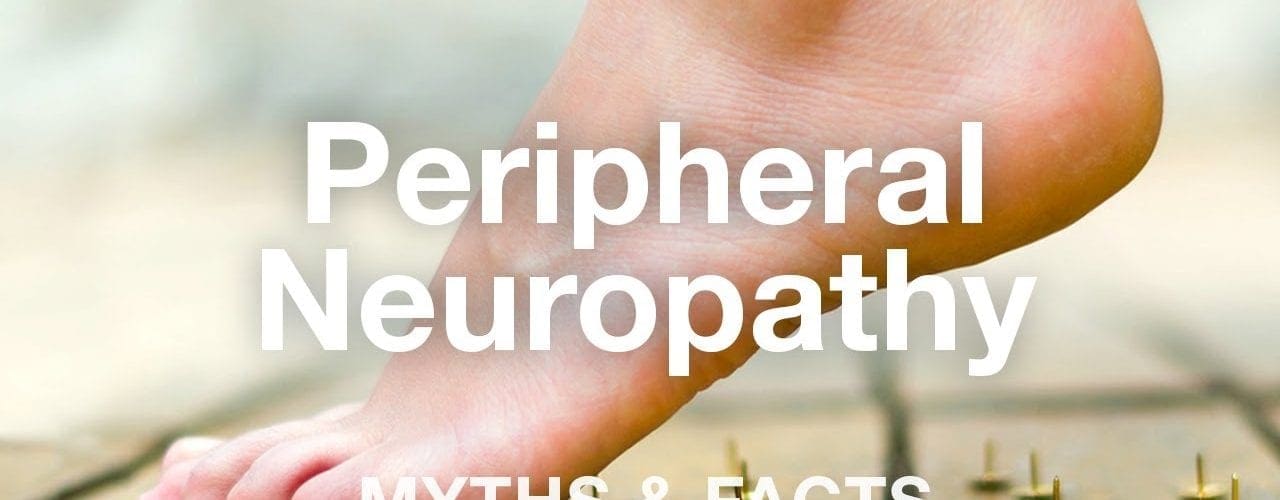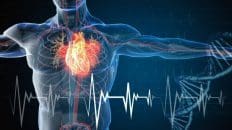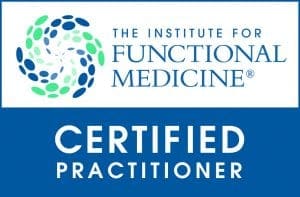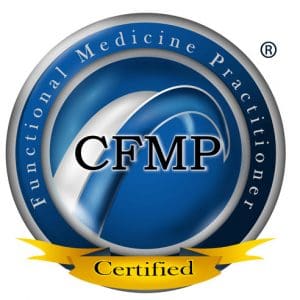Nerve damage can be scary to think about. There are many myths out there surrounding this topic. The truth of the matter is, it does not have to be scary. I remember when I was first diagnosed with type 1 diabetes, nerve damage is a huge talk. Due to the fact that diabetics have a higher chance of developing neuropathy. However, the more research I did and the further education I received, I realized that diabetes are only one-third of the population with nerve damage. With all this research, I also came across the best part of it all. Hope. There is way to repair nerve damage. There are treatment protocols that do not just revolve around hardcore prescription medications. Treating the symptoms at hand rather than masking them, is the best way to go about neuropathy. Neuropathy has many different symptoms that affect each individual differently. Where one patient might feel a tinge, another patient might feel numbness. Other common symptoms are burning, pins and needles, and pain in the hands or feet. Although it might not start out very painful, it is always important to get started on treatment as soon as the symptoms begin. This is not an issue that many people need to fear, but rather to become educated on how we can help turn their lives back around. Living in pain is not something that we need to do anymore. Dr. Alexander Jimenez is extremely educated when it comes to neuropathy. – Kenna Vaughn, Senior Health CoachÂ
[00:00:20] Are you or someone, you know, suffering with numbness, burning, tingling, pins and needles, cramping or sharp pain in your hands or feet, maybe even balance problems? It’s called peripheral neuropathy and over 22 million Americans suffer with this dibilitating condition.
Hi, I’m Dr. Valerie Monteiro. I’m a leading expert on peripheral neuropathy or more importantly, on recovering from neuropathy. I’m going to dispel some common myths you’ve been told and educate you on how you can recover from your symptoms. Yes, I did say recover. For the past 10 years, we’ve helped thousands of patients regain their freedom from peripheral neuropathy. But first, let’s start with a few facts. What is peripheral neuropathy? Peripheral neuropathy is a condition resulting in damage to the nerves running to your feet and legs or your hands and arms. At first, the symptoms may start off very mild. For instance, you might have a very slight tingling in your feet or just a mild numbness. But with time, these symptoms will worsen. The numbness may become so severe that you can’t feel the floor or the gas pedal in your car. Some people develop severe burning in their feet and must soak them in a tub of ice. Other people can experience shock, lightning bolt pain going into their calves or arms or even cramping in the muscles. Worse yet, many people will develop muscle weakness and balance problems, often resulting in serious falls and injuries. Peripheral neuropathy will not go away on its own and will worsen with time. In fact, the World Health Organization predicts that peripheral neuropathy cases will increase over the next 30 years by 20 percent. That would raise the number of neuropathy cases to approximately 27 million. That’s almost 10 percent of the entire population in the United States. So here are some of the most common myths perpetuated about peripheral neuropathy.
Myth number one, once a nerve is damaged, it’s permanent. It doesn’t heal. That’s a complete myth. Remember, if peripheral nerve damage was permanent because nerves didn’t heal, then severed limbs or fingers would never be able to be surgically reattached. There would never be any cases of people who ended up in wheelchairs, but later regained the ability to walk again. This myth continues to be perpetuated by the most well-intentioned doctors, but it’s completely inaccurate. Peripheral nerves can be repaired and they can regenerate or regrow with the appropriate therapy. We’ve proven this time and time again in our own clinic. The peripheral nerve simply needs the appropriate tools or building blocks to facilitate repair of the damaged nerve. Myth number two, there’s no cure, so don’t bother trying to treat it. Nothing will work. Well, here’s the fact. Neuropathy is both treatable and in many cases reversible. The problem lies in receiving the appropriate treatment that will actually work to repair the damaged nerve. And this is a very large problem because less than 1 percent of doctors across the United States know how to effectively repair damaged peripheral nerves. This is the reason that doctors tell you that there’s nothing that can be done. Myth number three. Only people with diabetes develop peripheral neuropathy. Diabetics only make up one third of all neuropathy cases. There are many other causes of peripheral neuropathy, such as chemotherapy, certain antibiotics, certain blood pressure medications, cholesterol lowering medications like statin drugs, anticoagulant or blood thinning medications like Xarelto, warfarin, Coumadin or Plavix and chemicals found in foods or beverages like MSG, which is a flavor enhancer or aspartame, which is an artificial sweetener that takes us to myth number four. My numbness or tingling is very mild and doesn’t interfere with anything that I do. So it’s really no big deal. Well, one of the worst things you can do is ignore your neuropathy and delay getting treatment because it’s not problematic. Yet this myth or belief is very dangerous. In fact, a study published in the British Medical Journal showed that 75 percent of neuropathy sufferers who do nothing about the numbness and tingling will have either pain or disability in 12 months. Myth number five. My naturopathy is well controlled by my medication, so I’m doing just fine. Well, here’s the reality. Medications like Gabapentin, Neurontin, Lyrica or Cymbalta only mask the symptoms. The truth is, none of these meds actually assist the nerves with repair. They only mask the symptoms at best. Peripheral nerves can be repaired. They can regenerate. And that’s not my opinion. It’s been proven in multiple research studies. We’ve been able to replicate the results in our clinic for over the past 10 years. Nerves can be healed.
General Disclaimer
Professional Scope of Practice *
The information herein on "Neuropathy Truths and Myths | Video" is not intended to replace a one-on-one relationship with a qualified health care professional or licensed physician and is not medical advice. We encourage you to make healthcare decisions based on your research and partnership with a qualified healthcare professional.
Blog Information & Scope Discussions
Welcome to El Paso's Premier Wellness and Injury Care Clinic & Wellness Blog, where Dr. Alex Jimenez, DC, FNP-C, a Multi-State board-certified Family Practice Nurse Practitioner (FNP-BC) and Chiropractor (DC), presents insights on how our multidisciplinary team is dedicated to holistic healing and personalized care. Our practice aligns with evidence-based treatment protocols inspired by integrative medicine principles, similar to those found on this site and our family practice-based chiromed.com site, focusing on restoring health naturally for patients of all ages.
Our areas of multidisciplinary practice include Wellness & Nutrition, Chronic Pain, Personal Injury, Auto Accident Care, Work Injuries, Back Injury, Low Back Pain, Neck Pain, Migraine Headaches, Sports Injuries, Severe Sciatica, Scoliosis, Complex Herniated Discs, Fibromyalgia, Chronic Pain, Complex Injuries, Stress Management, Functional Medicine Treatments, and in-scope care protocols.
Our information scope is multidisciplinary, focusing on musculoskeletal and physical medicine, wellness, contributing etiological viscerosomatic disturbances within clinical presentations, associated somato-visceral reflex clinical dynamics, subluxation complexes, sensitive health issues, and functional medicine articles, topics, and discussions.
We provide and present clinical collaboration with specialists from various disciplines. Each specialist is governed by their professional scope of practice and their jurisdiction of licensure. We use functional health & wellness protocols to treat and support care for musculoskeletal injuries or disorders.
Our videos, posts, topics, and insights address clinical matters and issues that are directly or indirectly related to our clinical scope of practice.
Our office has made a reasonable effort to provide supportive citations and has identified relevant research studies that support our posts. We provide copies of supporting research studies upon request to regulatory boards and the public.
We understand that we cover matters that require an additional explanation of how they may assist in a particular care plan or treatment protocol; therefore, to discuss the subject matter above further, please feel free to ask Dr. Alex Jimenez, DC, APRN, FNP-BC, or contact us at 915-850-0900.
We are here to help you and your family.
Blessings
Dr. Alex Jimenez DC, MSACP, APRN, FNP-BC*, CCST, IFMCP, CFMP, ATN
email: coach@elpasofunctionalmedicine.com
Multidisciplinary Licensing & Board Certifications:
Licensed as a Doctor of Chiropractic (DC) in Texas & New Mexico*
Texas DC License #: TX5807, Verified: TX5807
New Mexico DC License #: NM-DC2182, Verified: NM-DC2182
Multi-State Advanced Practice Registered Nurse (APRN*) in Texas & Multistate
Multistate Compact RN License by Endorsement (42 States)
Texas APRN License #: 1191402, Verified: 1191402 *
Florida APRN License #: 11043890, Verified: APRN11043890 *
* Prescriptive Authority Authorized
ANCC FNP-BC: Board Certified Nurse Practitioner*
Compact Status: Multi-State License: Authorized to Practice in 40 States*
Graduate with Honors: ICHS: MSN-FNP (Family Nurse Practitioner Program)
Degree Granted. Master's in Family Practice MSN Diploma (Cum Laude)
Dr. Alex Jimenez, DC, APRN, FNP-BC*, CFMP, IFMCP, ATN, CCST
My Digital Business Card
RN: Registered Nurse
APRNP: Advanced Practice Registered Nurse
FNP: Family Practice Specialization
DC: Doctor of Chiropractic
CFMP: Certified Functional Medicine Provider
MSN-FNP: Master of Science in Family Practice Medicine
MSACP: Master of Science in Advanced Clinical Practice
IFMCP: Institute of Functional Medicine
CCST: Certified Chiropractic Spinal Trauma
ATN: Advanced Translational Neutrogenomics




















